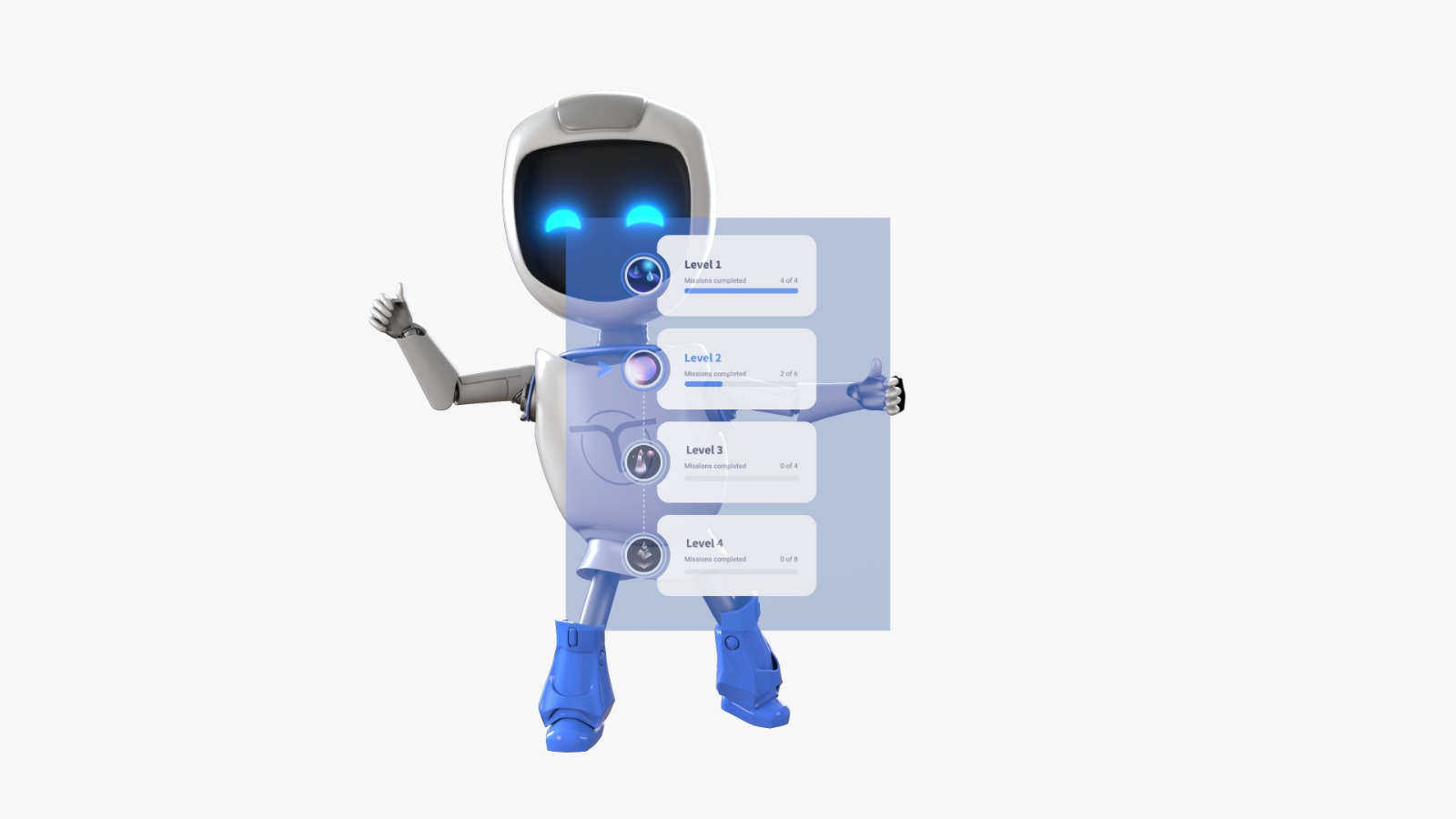If you’re looking for new ways to enhance your training programs, it might be a good idea to create a hybrid format to bring employees up to speed. In this highly digital world, it is vital to keep your company current, which means doing business virtually. Many companies allow staff to work from home while other, more hands-on employees might work in the office. Either that, or employees will split their time between working from home and working in the office.
Creating training programs that are suited to this new reality and alternative way of working can be tricky. Using Code of Talent to design such training programs is an excellent way of ensuring your participants get the training they need while responding to the hurdles that are created by the new hybrid context. And the great part about our programs is that they are customized to your specific needs and programs.
That being said, we’ve compiled a list of tips and tricks that are ideal for anyone looking to create training programs in the hybrid context. So read on now and learn all about them and some microlearning strategies, as well.
Create Live Training Sessions
In a hybrid working environment, you’ll have the chance to offer training programs in person at least some of the time. So when those in-person opportunities arise, you should make the most of them. For example, when adding products or services to your company “menu”, you would definitely want to discuss that live, where questions can be asked and answered. Where you can showcase these new features to each and every employee, at the same time.
This way, these training experiences will maximize that in-person, live factor. If they don’t, you’re missing an excellent opportunity for team training and growth. Running a hybrid work environment should mean knowing and utilizing the potential of what both of these working environments have to offer. That’s where your focus should be if you want to create a hybrid training program.
Creative and team-based training can be done when you’re together in the office, for example. A live training program gives more opportunity for fun and learning through activity than would be possible in a solely digital context, so try to keep that in mind. And, of course, how you prepare your live training sessions will depend on your particular goals and desired outcomes.
And Then Complement Them with a Digital Follow Up
Your live training sessions aren’t the end of the road. If you want to capitalize fully on your hybrid work context, you should carry out those live sessions in person and then carry out follow-ups on the digital realm. When you do that, you can make the most of e-learning software and possibly use microlearning strategies too.
These digital follow-ups should, in some way, complement and expand the knowledge horizon of the time-constraint of the original in-person session. The follow-up sessions might build on the lessons that were covered in the original session, or they might build on those by adding a new dimension to them or offering some sort of challenge for employees to complete.
If you are looking for a learning experience platform (LXP) to help you with creating a customized hybrid training journey, you can read more in our ultimate guide to choosing a platform. At Code of Talent, we have years of experience in creating engaging digital learning journeys, complete with the custom features needed, to optimize your hybrid training environment. For example, a digital follow-up program built on our Code of Talent platform can enable you to build knowledge retention and ensure post-training engagement with the subject, while replicating in the digital realm the ingenuous interactions learners have in the live training.
You can click here to try our guided demo and get an idea of how your digital follow-up might look like.
Make Use of Microlearning Strategies
If you’re going to use e-learning software to deliver part of your training programs for when your team is working remotely, you should try to make the most of microlearning strategies. These strategies are ideal for training delivery because of their overall ease of use and individual adoption and because they bring the vital need for flexible learning within the individual’s work flow.
Microlearning is also useful because it helps individuals to process information faster and that’s always important. People don’t want to be overwhelmed by information because that’s not a healthy or accessible way to learn. With the use of microlearning, those kinds of problems can be completely overcome.
It offers the kind of convenience that people are looking for today and precisely the kind of convenience that makes working from home or remotely so appealing for so many people as well. So it’s no surprise that microlearning is already seeing great results for lots of businesses and their teams.
Ensure Workers Have the Same Training Opportunities Regardless of Where They’re Based
As well as making the most of strategies such as microlearning, you should also find ways to establish training programs and procedures that offer parity between those working at home and those working remotely. This is something that can be hard to do because those are two very different ways of working.
But you don’t want people who are working from home to receive a lower standard of training compared to those who are working in the office. That kind of split isn’t healthy for the business and it’s not healthy for the individuals involved either. If you want people to work well and collaborate, they need to be getting the same standard of training.
This is particularly important when it comes to the onboarding process for new recruits. Those working at home need good coaching and guidance from experienced managers to ensure they can hit the ground running and start performing for the business right away.
Share Information Consistently
The way in which you share information is another thing you’ll need to think about when you’re creating training programs for the hybrid work environment. The way in which information is shared, whether it’s related to training or general work-based communication, needs to be kept as consistent as possible across the board.
There’s a real danger of miscommunication or some people not getting the information they need if you don’t put that consistency in place. This is another example of how important it is for you to ensure no gap and disparity emerges between those working at home and those working in the office.
Try to put in place procedures for sharing information and keeping everyone on the same page, regardless of where they might be working from on a particular day. Getting this right will ultimately serve the business best going forward.
[hubspot type=cta portal=6298972 id=ed5bfee1-a06b-4f82-afbd-f4fcdf3005f8]





